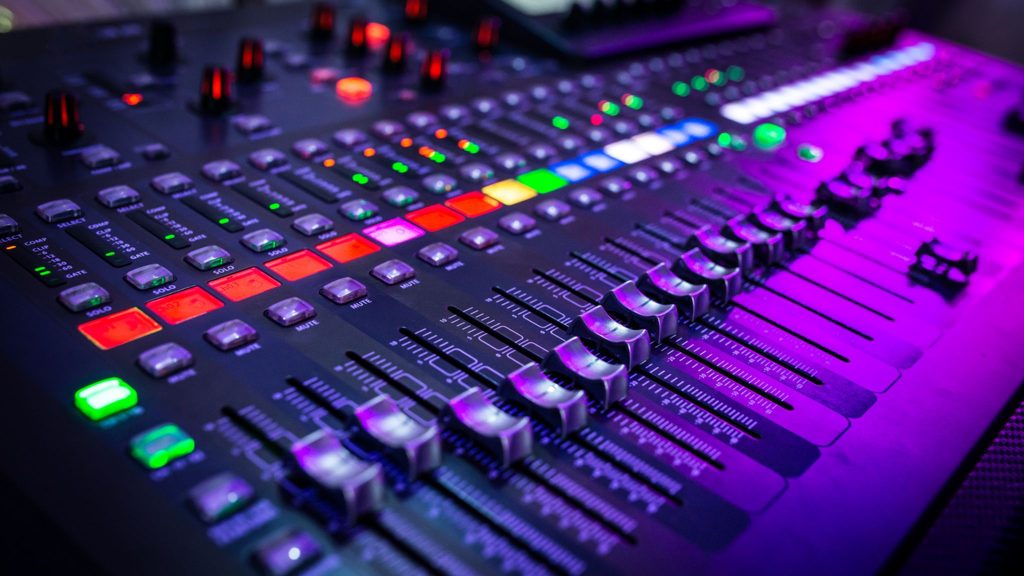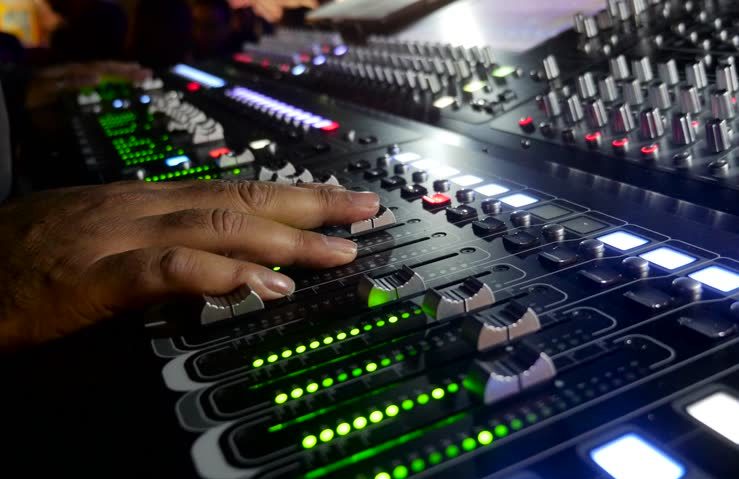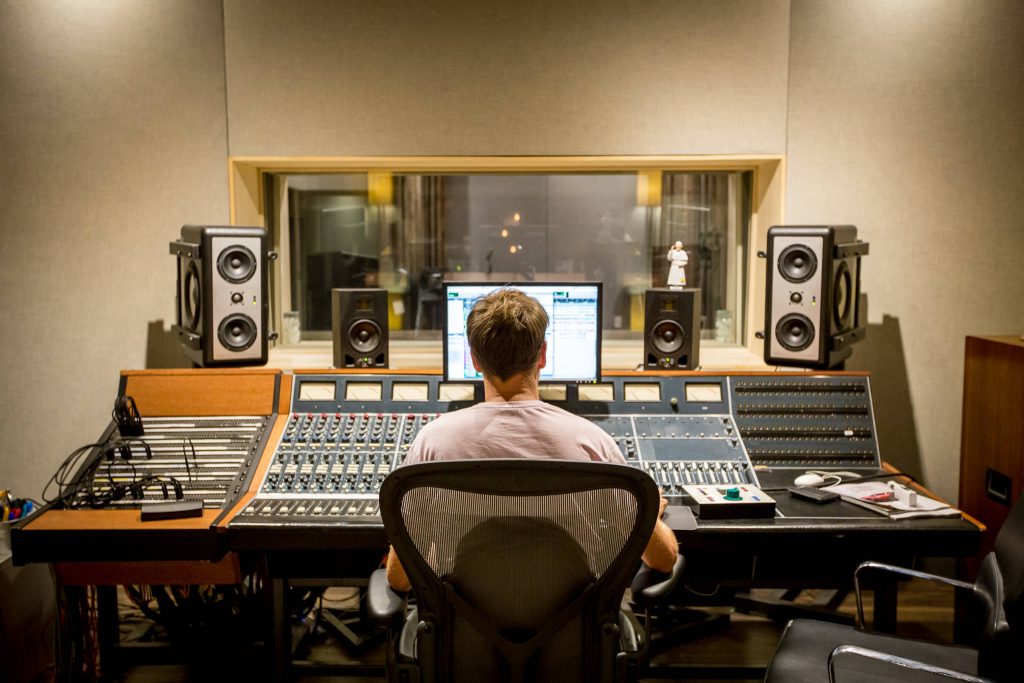The music industry and its processes have evolved immensely over time. From artists recording with a horn to recording on a cylinder, then discs, then tapes, and more in between, till multitrack Music still flows and that is a constant that will never change. Sound mixing and mastering are often hard to distinguish. The innovation of multitrack allows for better quality and more instrumental components in the audio.

To understand two of the important steps in it, keep reading.
Sound mixing is a blend of art and technology. If someone were to describe the job in one word it would be balance. Balancing the different audios their tone, volume and how each blends and comprises a piece of perfect music.
The optimum balance is achieved by brightening some sounds, darkening others, taking some frequencies away, and utilizing depth as another balance tool. This is to give the listener a sense of the closeness or distance between two sounds in space. Sound mixing does not give a final result. It is an intermediate step before mastering.

After sound mixing, the next step is mastering.
Sound mastering is the process of taking an audio mix and giving it a professional polish and finish. This includes balancing the levels of individual instruments and the overall audio mix, adding effects such as compression and EQ, and ensuring that the audio is loud and clear. When it comes down to the simplest definition, mastering means the final touch-up before a track is released to the public or is available to listen to.

Mastering includes the last settings of the amount of reverb and bass and making the words audible and crisp if any lyrics exist. Both of these and much more about the sound and music industries can all be learned in a
Certificate Course in Sound Engineering and Design, pursue a Master of Arts in Journalism and Mass Communication, or Postgraduate Event Management courses in case you want to explore the various industries.

